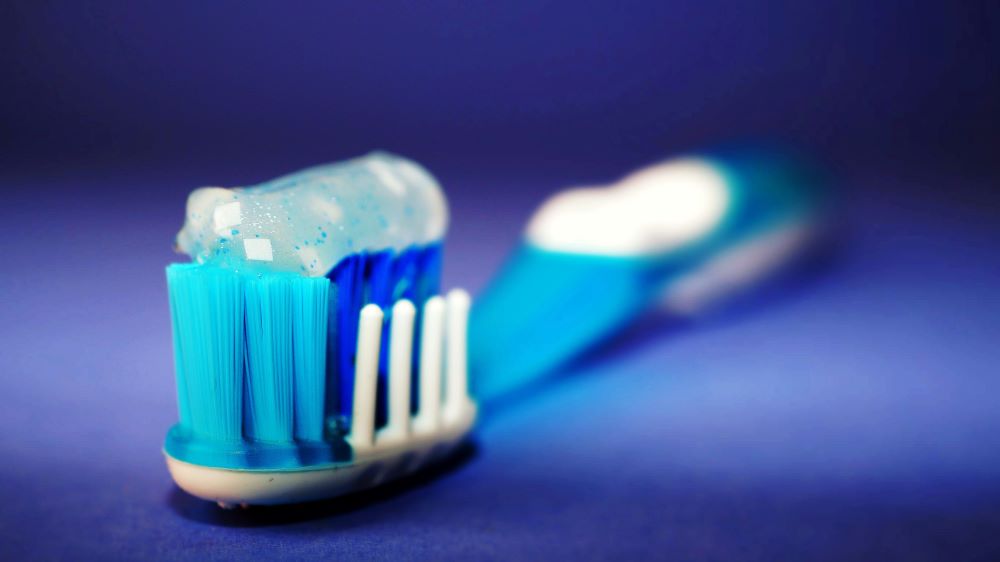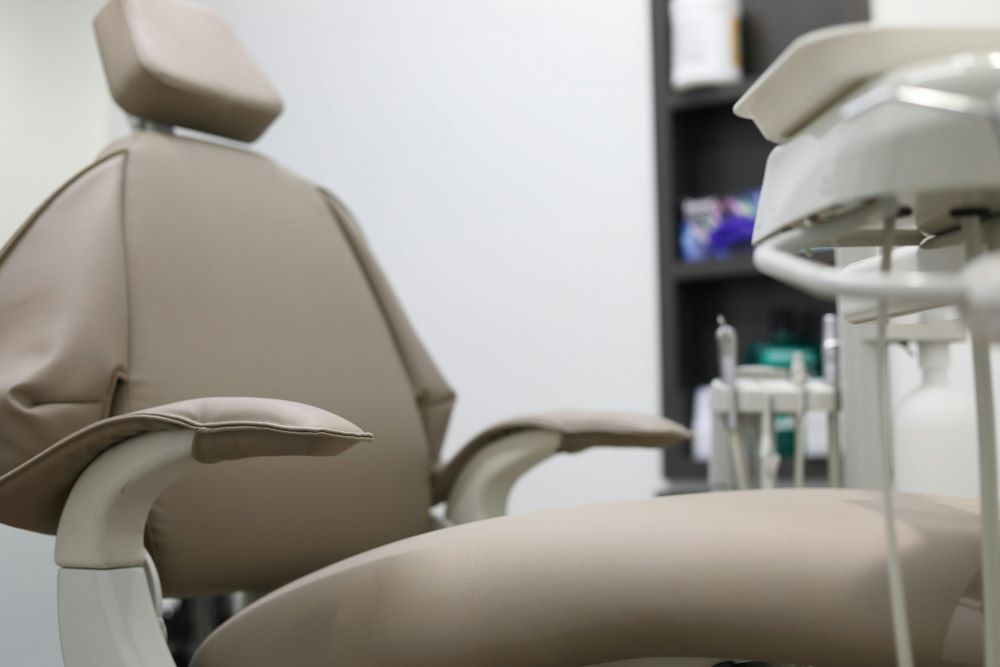Dentaly’s comprehensive report reveals best and worst for affordability, access, bad habits, and more.
Founded in 2014, and currently the largest provider of independent, free information on dental care and associated health issues, Dentaly.org recently conducted a comprehensive nationwide analysis on the status of oral hygiene in each state. Backed by data pulled from government sources like the U.S. Census Bureau and the Centers for Disease Control and Prevention (CDC), the report’s findings provide much-needed insight into hygiene rankings while homing in on issues like cigarette smoking, alcohol, and sugar consumption, access to care, and overall willingness to seek it.
Studies have repeatedly shown that poor oral hygiene can have far-reaching effects on both the mind and body. Issues like gum disease and tooth decay can cause a range of serious health conditions, including cardiovascular disease, diabetes, and respiratory infections, and bacteria originating in the mouth can spread to other areas of the body, causing inflammation and potentially contributing to systemic diseases. Neglecting one’s oral hygiene can also lead to poor mental health, causing anxiety and depression due to chronic pain, low self-esteem, and social stigma associated with bad breath and teeth loss.
According to the World Health Organization, the most common oral health conditions include cavities, gum disease, tooth loss, and cancer with approximately 90% of U.S. adults aged 20 years and older experiencing at least one cavity, and nearly half (42%) living periodontal (gum) disease, a number which increases to 70% for adults 65 years and older. Additionally, about 13.3% of U.S. adults aged 65 and above rely on dentures due to decay or gum disease.
In the United States, the number of dental professionals per capita varies significantly by region. This variation, in addition to the fact that some states have close to universal insurance coverage, including easy access to Medicaid, while others do not, impacts both treatment accessibility and affordability. Moreover, the availability of fluoridated water, which is a major factor for preventing decay, differs widely from state to state.

Other factors impacting health include perceptions of dentistry, with populations in some states more likely to avoid treatment altogether out of fear while others proactively seek it, as well as some being generally more wellness- and appearance-driven than others.
To identify where the best dental health is found in the U.S., Dentaly analyzed all 50 states along with the District of Columbia (DOC), focusing on two specific dimensions: Dental Habits & Care and Oral Health Conditions. The evaluation included twelve key metrics, each weighted differently and scored out of 100, indicating optimal health. A weighted average was calculated for each state and the DOC to arrive at the final scores and establish national rankings.
Based on data collected through May 1, 2024, from multiple sources including the U.S. Census Bureau, Bureau of Labor Statistics, CDC, and other reputable organizations, the findings revealed oral care is optimal in Connecticut, District of Columbia, and Massachusetts, and least ideal in Arkansas, Louisiana, and West Virginia. Since 2018 rankings, Connecticut and Massachusetts made significant strides, jumping to first and third place spots, while Illinois dropped to fifth. Minnesota and Wisconsin gave up their coveted top five spots, highlighting a decline in dental health in both states.
The DOC currently has the most dentists per 100,000 residents (104), which is 2.5 times more than Alabama, the state with the fewest (41). Additionally, 100% of the District’s population has access to fluoridated water, which is 11.8 times higher than in Hawaii, at the bottom of the list (8.5%).
Habits-wise, the findings revealed West Virginians are most likely to smoke cigarettes (23.8%) while more than half (59.5%) of New Hampshire natives drink alcohol, and Kentucky has the highest rates of sugar consumption (21.2%). These lifestyle choices significantly influence oral hygiene even when care is readily available and have also contributed to the nation’s ongoing obesity epidemic and skyrocketing diabetes rates.
Dentaly’s findings may be a bit shocking to residents, dentistry professionals, and public health advocates alike, particularly in the states falling behind. However, these valuable insights point to where shortcomings are evident so policymakers can introduce measures to bring their states up to par. As the report demonstrates, improving treatment access and affordability, reducing fear, increasing the availability of fluoridated water, and focusing on public health campaigns designed to minimize smoking, drinking, and poor diet choices are great places to start.
Sources:
Dentaly.org: Dental health by state: 2024’s worst and best
Mayo Clinic; Oral health: A window to your overall health
NIDCR: Dental Caries (Tooth Decay) in Adults (Ages 20 to 64 Years)


Join the conversation!